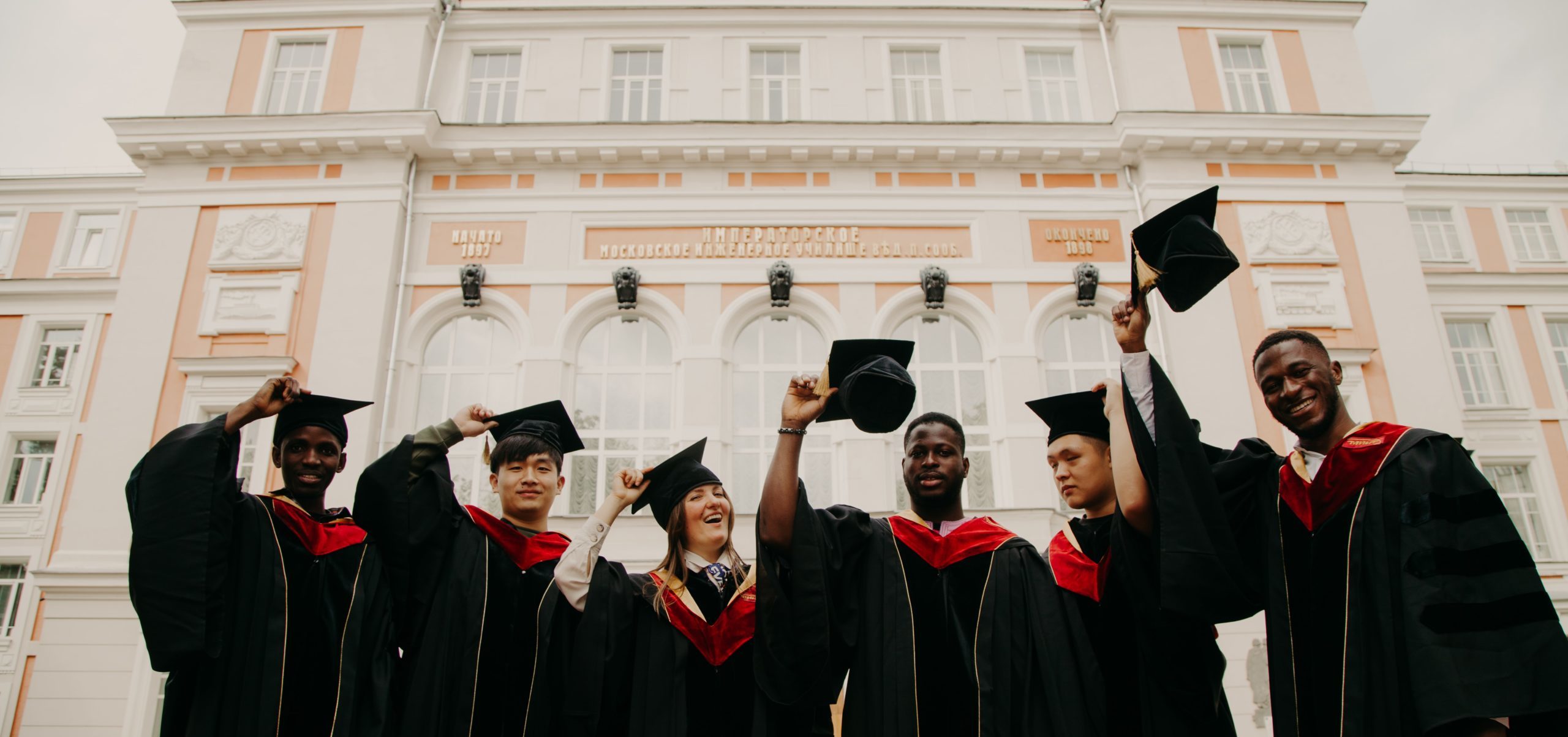Are you looking to boost graduate employment outcomes within your learning institution? Experiential learning is the answer.
But—you might be wondering—what is experiential learning, and how does it boost graduate employability? Is there any proof of a connection between the two?
We’ll answer these burning questions and more in this article.



What is graduate employability?
Graduate employability is the ability of a student to find a job following graduation. More specifically, it is the degree to which students can use their skills and knowledge to find work. A range of factors can affect graduate employability rates, including economic conditions, cost of living, job availability, graduates career prospects, and university prestige. So, how can universities help students find employment after graduation with all these factors to consider? And at the same time, what can students do to improve their chances at securing work? It’s all about employability skills. With relevant skills, knowledge, and experience under their belt, students are well-equipped for finding work after graduation. Some examples of employability skills include:- Conflict resolution,
- Learning agility,
- Teamwork and communication,
- Decision making,
- Critical thinking,
- Strategic planning,
- Problem-solving,
- Leadership
- Many more.
What is experiential learning?
Experiential learning is a teaching method based on the idea that learning happens through experience. While it may seem like a fancy phrase for “learning by doing”, the approach is a proven educational philosophy surrounding the concept that students learn best when engaged in active, hands-on, meaningful, and relevant activities. While you can apply experiential learning to many aspects of life, it’s becoming increasingly popular in higher education settings. To help you better understand what experiential learning is, let’s walk through some examples.- Architectural students are learning about topography. Rather than researching the subject online, the students visit a real building site and physically take topographical land measurements using surveying equipment. In this way, the students gain real, hands-on experience with the subject, have higher retention rates, and will have a better chance at finding an architecture graduate job.
- Art students are learning about anatomy. Instead of studying from a book, the students take life drawing classes and actively reflect upon and receive real-time feedback as they paint. In turn, the students learn to think critically and manage feedback about their work.

Ensuring the degrees you offer enable graduate employability
Regardless of a student’s course of study, there are ways to implement experiential learning. The examples in the section above are only two of the endless options available for universities hoping to improve graduate outcomes. Ideally, the degrees your institution offers should provide students with real-world experiences relevant to their chosen careers. Of course, not all students studying the same course will have the same future plans—that’s why it’s critical to involve students in curriculum planning as much as possible. With experiential learning approaches, students choose activities and topics relevant to their interests and preferred field. In this way, students absorb and retain information more readily and are equipped with their skills to find work after graduation. We’ll go into more detail about how your institution can achieve these goals in the next section.Gain Experience & Skills Employers Are Recruiting For Today!
Enrol for free in Practera’s government-backed live programs to build your employability skills

3 ways universities can boost graduate employability
Let’s talk about three key ways universities can boost graduate employability.1. Make your courses workforce-relevant
Many university courses focus on academic skills without clarifying how the skills relate to working life. To create employable graduates, institutions need to build job-ready skills and prepare students for the reality of the workforce. One of the best ways to achieve this is through work-integrated learning (WIL), a branch of experiential education. Through WIL, students gain on-the-job experience through volunteering, internships, job simulations, or other forms of hands-on work.2. Provide a dedicated portal to jump-start careers
Providing a dedicated portal is a fantastic way for universities and students to take control of employment outcomes. This portal could be a learning and employment hub where students can view relevant jobs for graduates, brush up on their hard and soft skills, and connect with employers, educators, and peers. Practera’s experiential learning platform is an example of a dedicated portal that can help students jump-start their careers. Among other features, the platform streamlines connections between students and employers, helping them network and build lasting working relationships.3. Double down on lifelong learning
Learning shouldn’t end when students graduate. It’s critical to instil an interest in lifelong learning within every student, helping them understand that upskilling is essential for career success. The best way universities can achieve this is by giving students control and autonomy over their work, allowing them to guide their approach to their studies and gain confidence in their ability to learn new skills.How experiential learning can boost graduate employability
There are two main approaches within the experiential learning sphere—work-integrated learning, which we discussed above, and project-based learning. These two approaches can boost graduate employability in distinct ways. Through WIL, students gain skills deeply relevant to their chosen careers. They gain real, hands-on experience with their field of work and can network with industry experts and leaders. On the other hand, through project-based learning (which involves engaging in hands-on, long-term projects), students can build skills relevant to work and everyday life. These abilities assist in preparing students for challenges they may face as they enter the working world and make them more appealing to potential employers.
How work-integrated learning works
Work-integrated learning is a type of experiential learning that allows students to get hands-on experience in their field of study. It also provides them with a chance to connect what they are learning in the classroom and what they are experiencing at work. Universities can offer WIL through:- In-person or virtual internships
- Work placements
- Work simulations
- Volunteer opportunities
- Fieldwork
- Work-related projects

